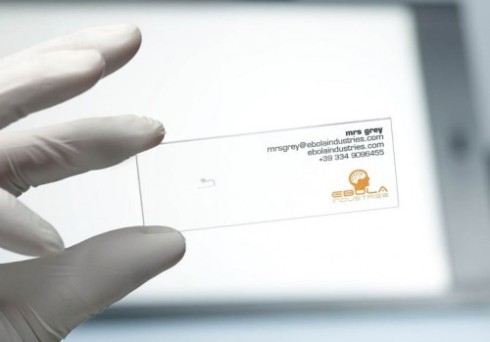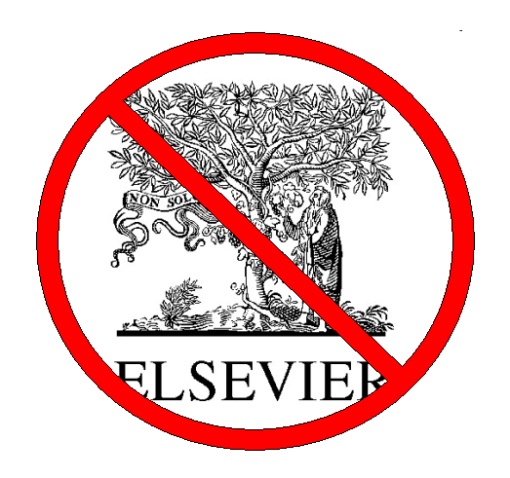Have you heard of Kickstarter.com?
if not, basically it’s a website where you propose a product and ask for backers to fund your idea. In return for pledges of money, the “backers” are rewarded with something in return. It’s like crowd sourced venture capitalism in a way. Lots of fun.
This is just one excellent example of what comes out of this site; this product is particularly relevant to pathologists. I would get one… If I had an iPhone… But maybe you do, in which case, it’s worth checking out!
Check out the abridged press release below. More pictures and videos if you follow the link.
Press release: Introducing Magnifi
Magnifi is the world’s first universal photoadapter case for the iPhone. Magnifi connects the camera on your iPhone 4 / 4S to your favorite optical instrument, allowing you to take pictures and video through the eyepiece. This includes binoculars, microscopes, telescopes and almost anything else with an eyepiece.
How it Works
To use Magnifi, simply slip your phone into the Magnifi case and drop it over the eyepiece. Using the built-in camera app, slide the case onto your eyepiece until the image border becomes crisp. Snap the latch closed to lock things in place, and you are ready to go!
Build/Features
Magnifi is a low maintenance afocal design, meaning there are no extra lenses to keep clean. Rather, it works by precisely aligning the iPhone’s camera with the optical axis of your existing eyepiece. Magnifi is a two-piece design. It’s case and eyepiece adapter are connected via Magnifi’s unique bayonet mount. To assemble, simply align the two colored dots, and twist counter-clockwise to lock. The bayonet mount gives Magnifi users instant interchangeability between their existing eyepiece adapters and any future supported phones within the product line. Can I get a high five from our future iPhone 5 owners in the audience? Magnifi is equipped with a safety latch below the phone’s dock connector that holds your iPhone securely in the case. The latch engages automatically with an audible click whenever you slide your phone into the case. Press down on the latch to release. Magnifi is made from impact-resistant Polycarbonate plastic. The same plastic that is used nearly all top-end phone cases. FeatherGlide design hugs your iPhone’s stainless steel band, leaving the glass on both the front and the rear of your phone touch free. In fact, Magnifi has ample room inside the case for both front and rear screen protectors.
World’s First
Magnifi is the world’s first iPhone universal photoadapter case, meaning it works on almost any optical instrument, and it is small enough to fit in your pocket. Photoadapter brackets have been around for a while, but they are all either too big to be a case that fits in your pocket, or they only fit a few eyepieces. Most brackets also have knobs or sliders that require endless fiddling to align the image. With Magnifi, we’ve eliminated all of that. Magnifi’s eyepiece adapter aligns your camera with the optical axis of the eyepiece automatically, and a simple latch locks everything in place.
Will Magnifi Work For Me?
Magnifi was designed to work with eyepieces that are 1in – 1.5in in diameter (25mm – 38mm). If your eyepiece has large eye seals, they must be removable. In order to align you phone’s camera with the eyepiece, Magnifi must be able to slide down over the eyepiece at least 1in (25mm) without obstruction. It is important that you measure your device before ordering, to know whether Magnifi will work for you. While Magnifi does fit some eyepieces outside of the range specified above, we chose a conservative set of specifications to ensure that our users will be happy with the Magnifi’s image quality.
Applications:
Magnifi simplifies medical documentation and empowers quick informal consults. In clinical training, Magnifi eliminates constant swapping at the microscope, at the fraction of the cost of a multi-headed training microscope. It is a powerful tool for both Pathology and Telemedicine. … You can even use Skype or Facetime to stream live demos to your classroom projector.
Automatic Scale Bars: There’s an App for That…
All you need to get started is the iPhone’s built-in Camera App. However, so many people have been holding their phones up to the eyepiece, that there are a number of Apps designed for iPhone eyepiece photography. For starters, check out the eyeMicroscope app that let’s you add automatic scale bars to your images.
This project has reached its goal and will be funded May 4th.
















